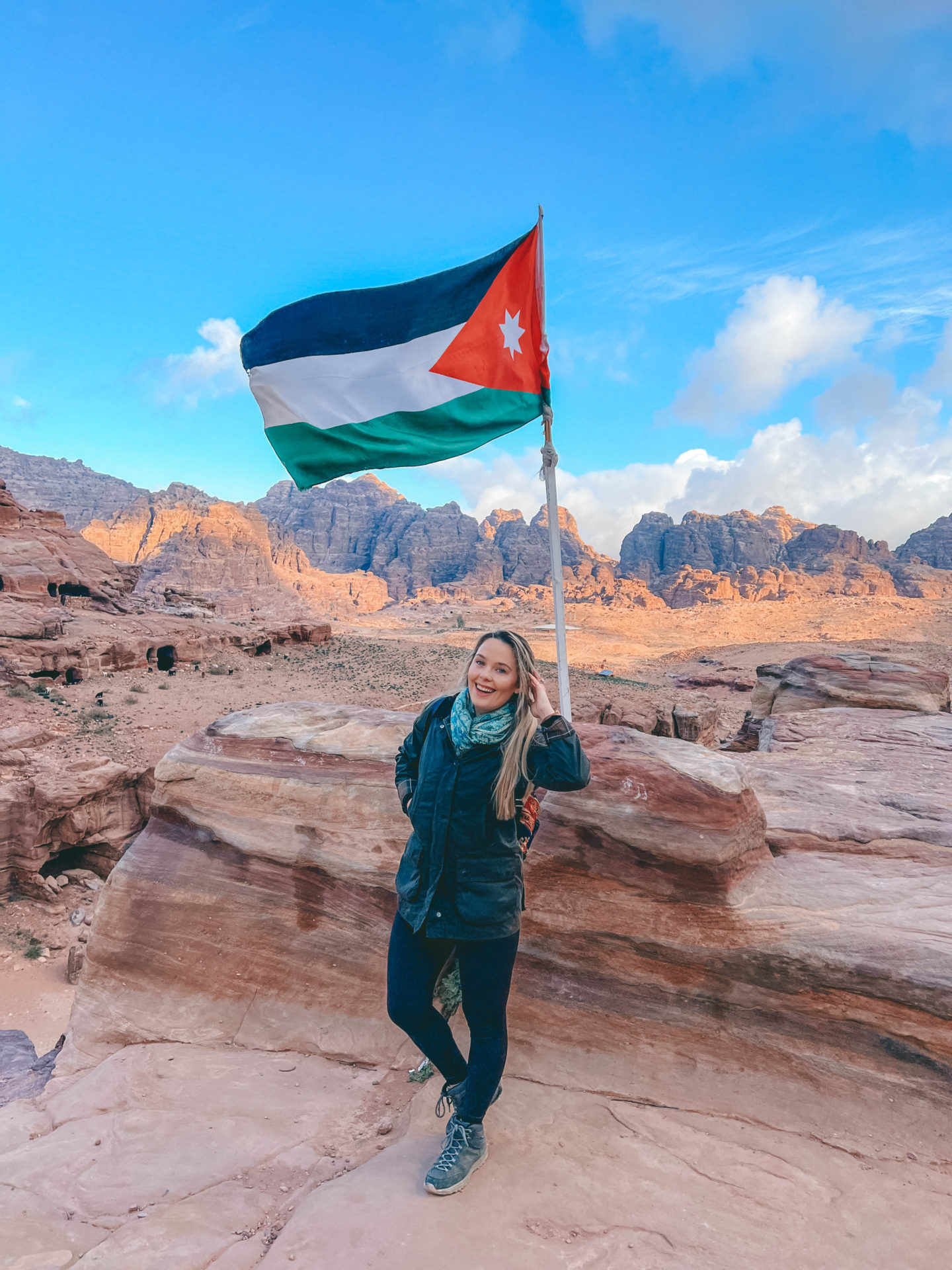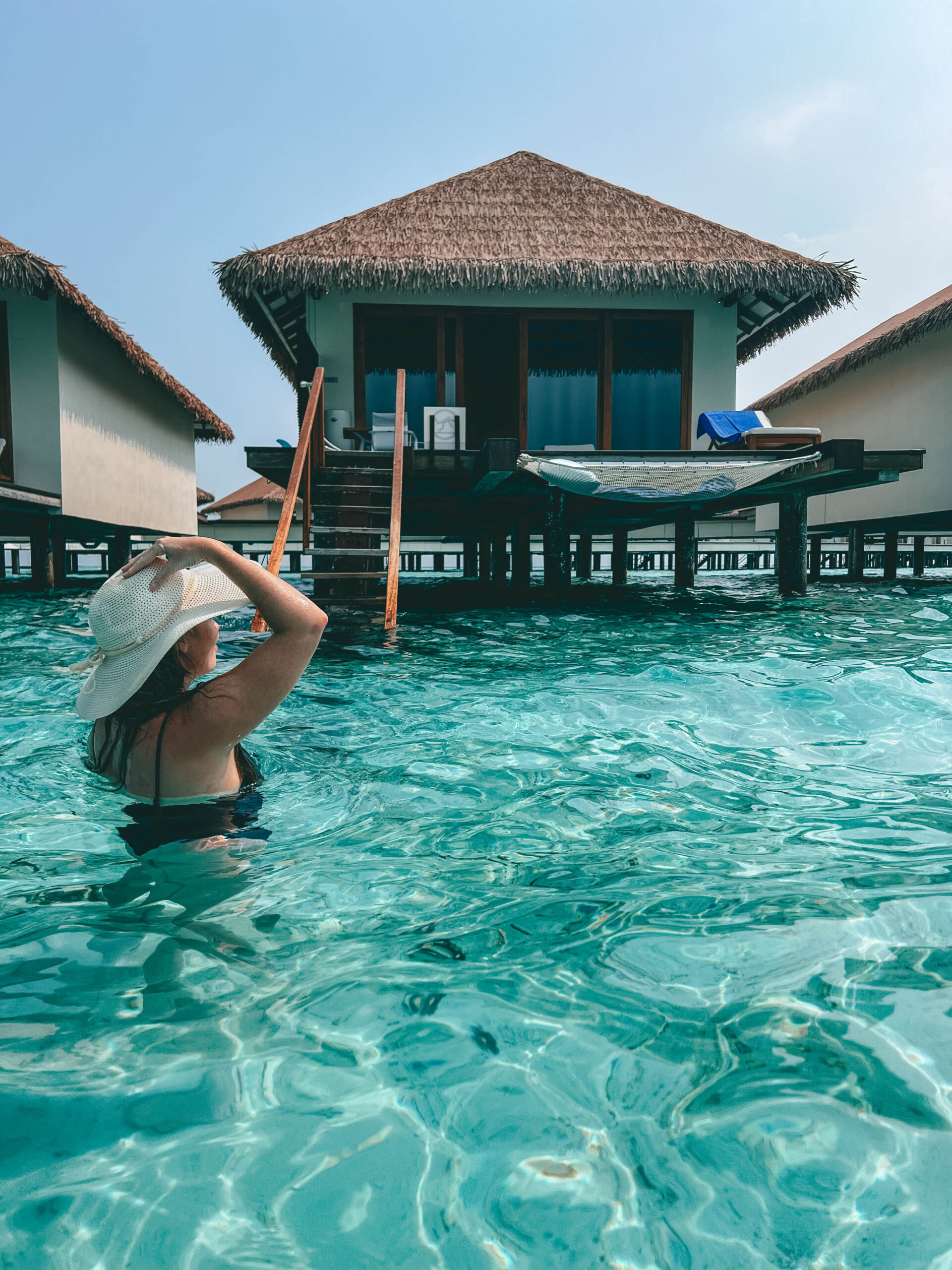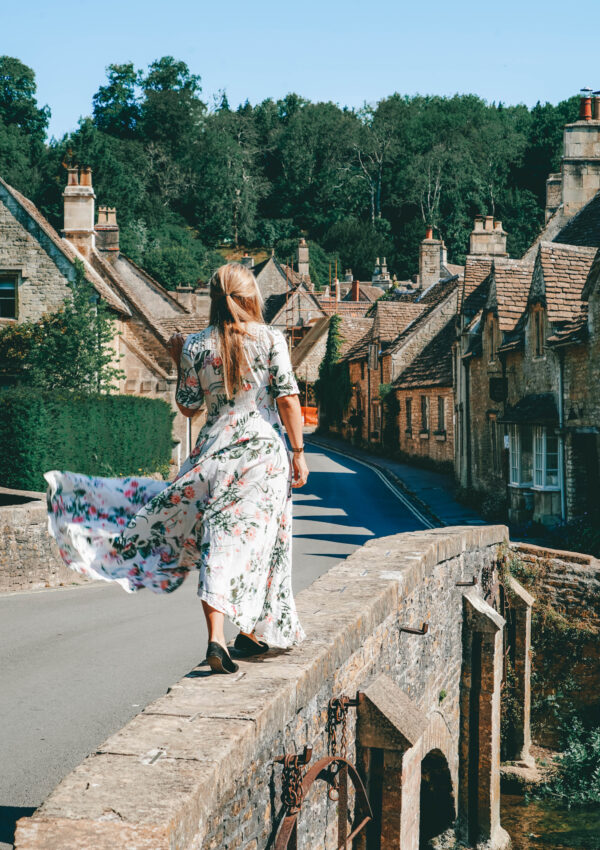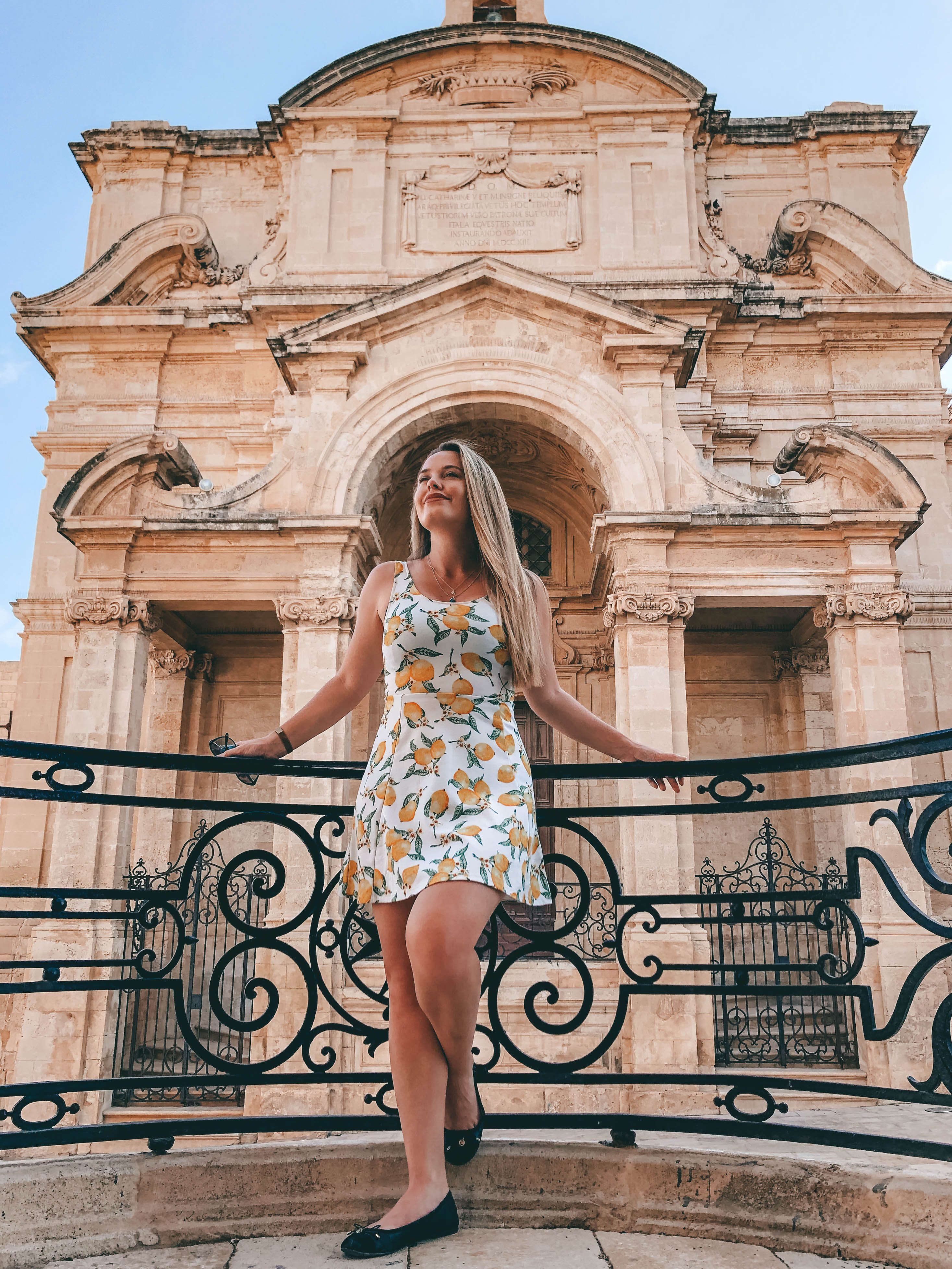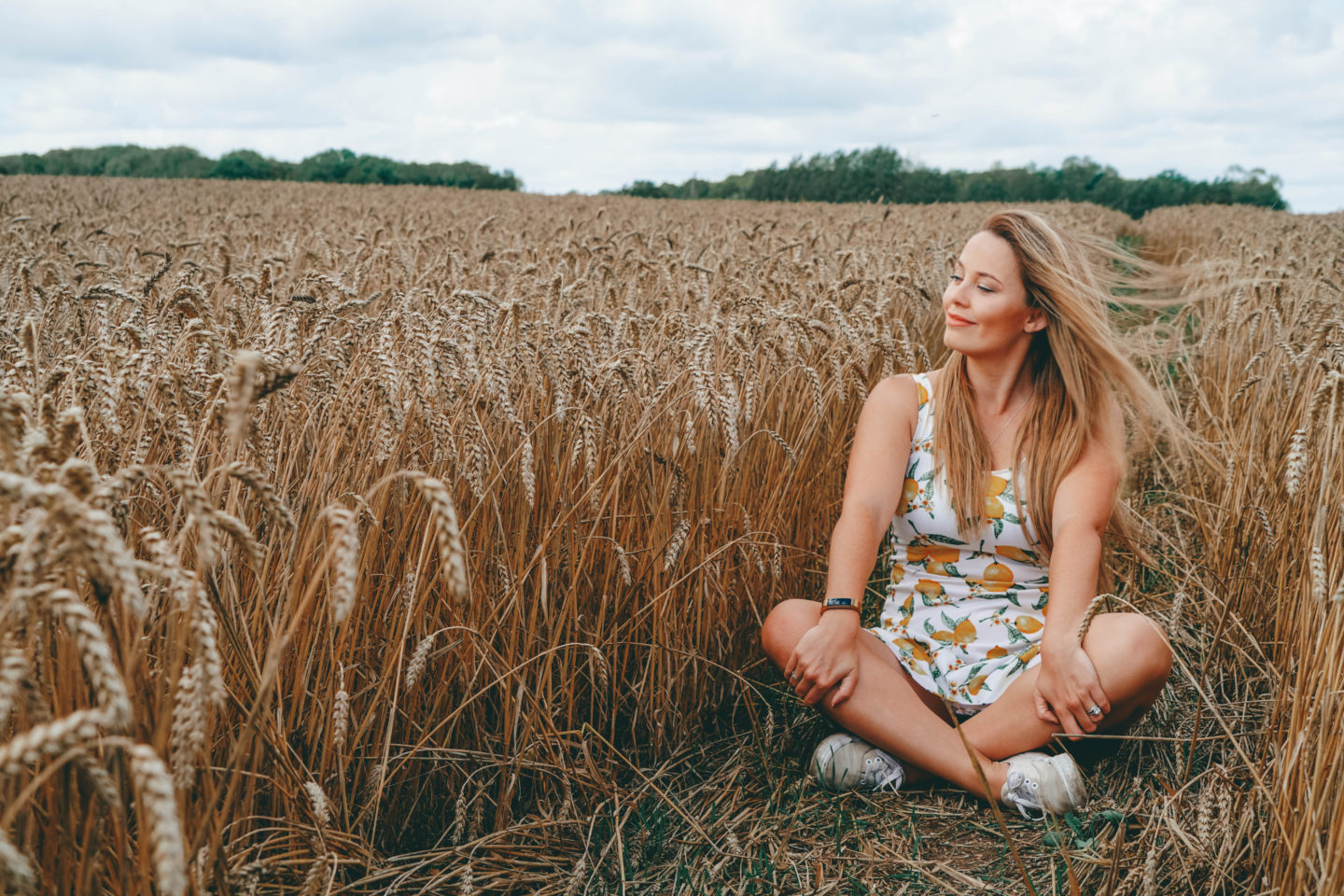Jordan is a fantastic and underrated country, although seems to be getting more and more popular in recent years. The reason I travelled here in 2022 was because of its rich history and I wanted to tick off my 7th wonder of the world! But little did I know, just how much more there was to Jordan!
Situated between the Red Sea and the Dead Sea and inhabited since prehistoric times, the rock-cut capital city of the Nabateans, became during Hellenistic and Roman times a major caravan centre for the incense of Arabia, the silks of China and the spices of India, a crossroads between Arabia, Egypt and Syria-Phoenicia. Petra is half-built, half-carved into the rock, and is surrounded by mountains riddled with passages and gorges. An ingenious water management system allowed extensive settlement of an essentially arid area during the Nabataean, Roman and Byzantine periods. It is one of the world’s richest and largest archaeological sites set in a dominating red sandstone landscape.
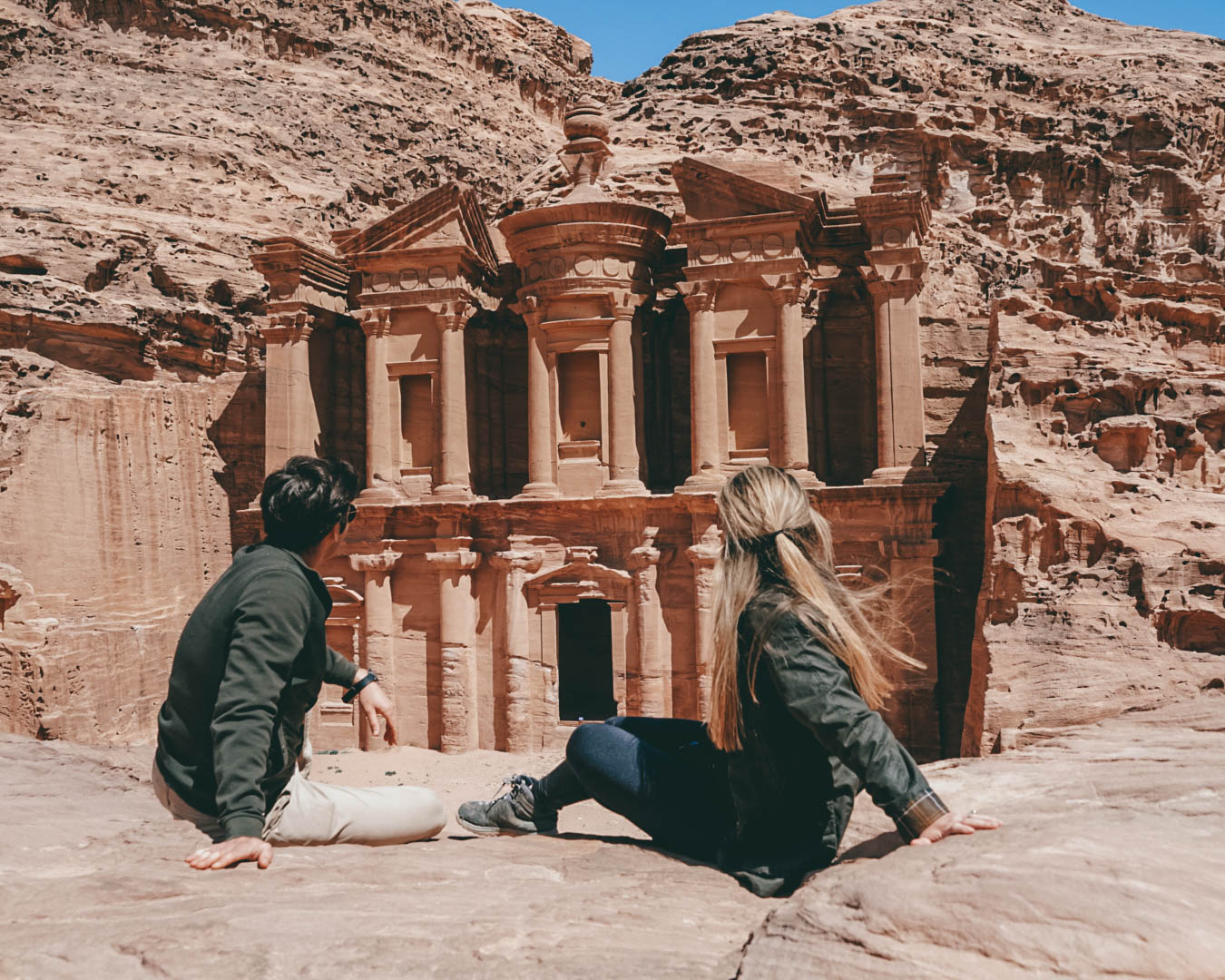
Practicalities:
Getting there & getting around:
Jordan is a 5 hour flight from London, once in Jordan I recommend getting a car, as the country is quite small and you will probably want to explore the outside the capital city of Amman. Driving is easy and roads are well kept and signed. There are police checkpoints across the country, but they wave you through if you are a tourist.
Forms Needed:
- NHS Vaccine Pass
- Insurance
- Visa
You can get your visa upon arrival to Jordan! It is £68 and it is easily processed in the airport, or included if you get the Jordan Pass.
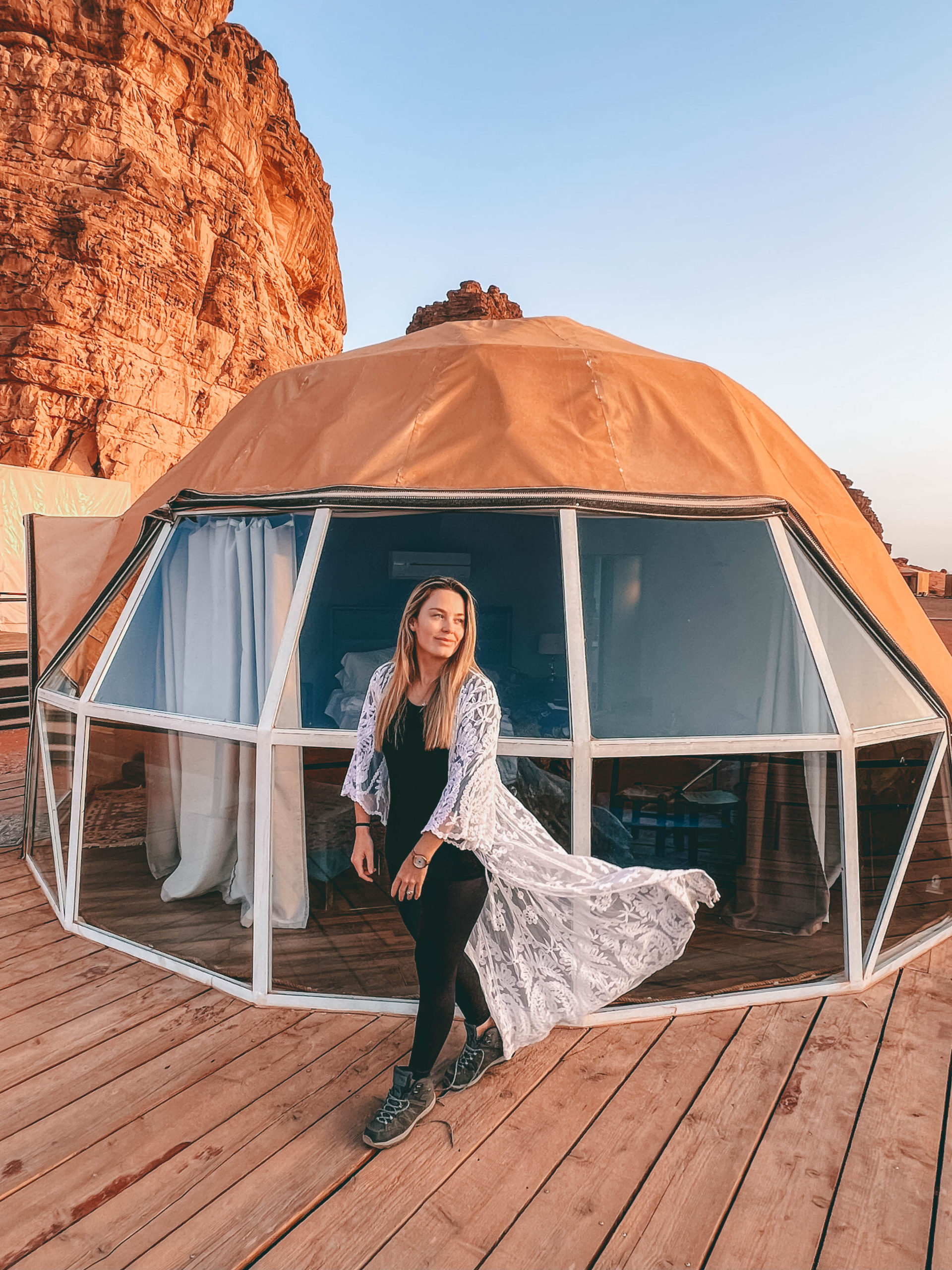
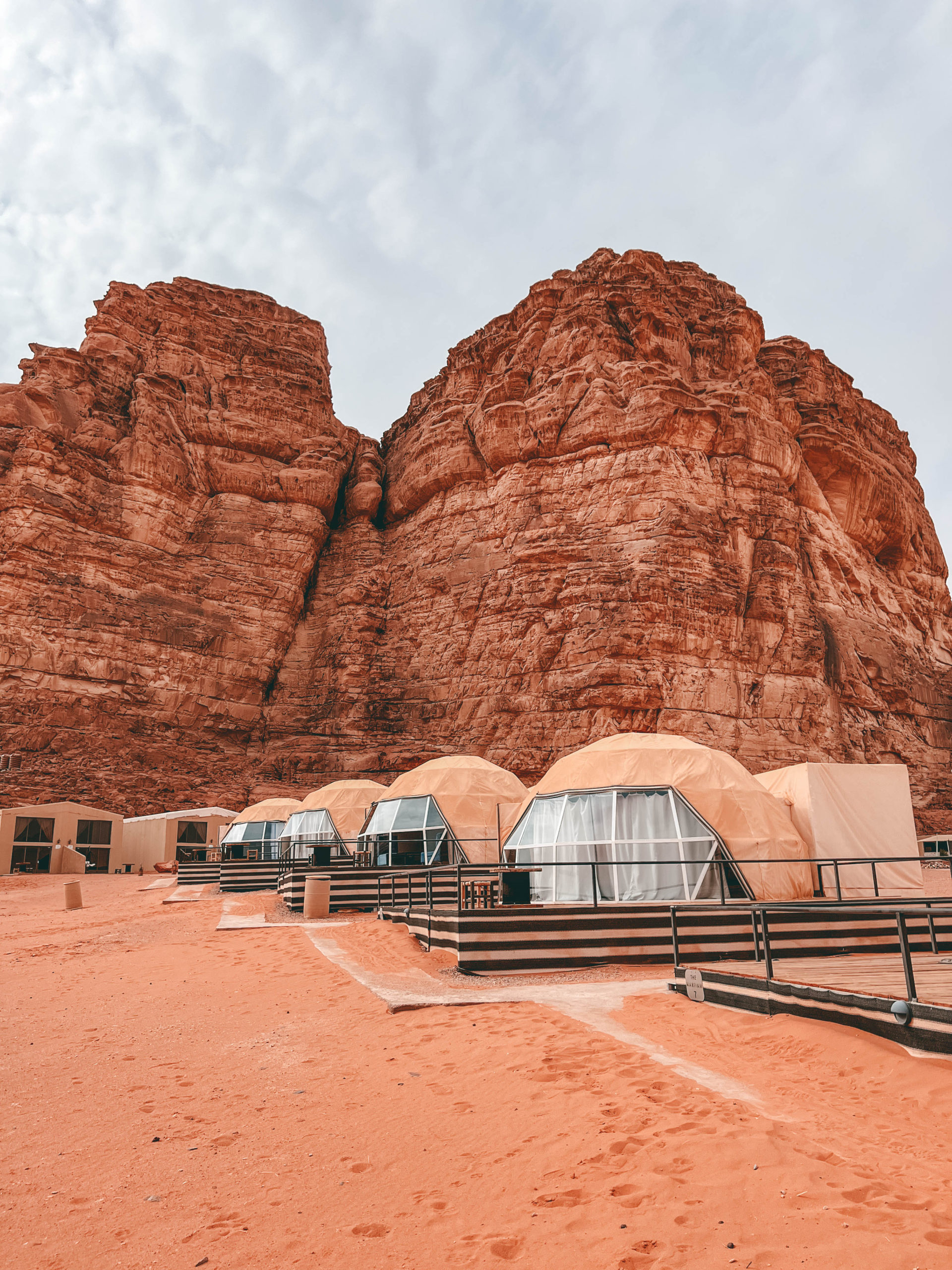
Accomodation:
If you’re looking for somewhere very special and once in a lifetime experience, we stayed at Zeina Desert Lodge which is a stunning hotel perfectly located in the center of Wadi Rum Dessert. The dessert lodge has ensuite in every room, and has a restaurant on site. It also runs many activities that you can book while at the lodge, star gazing, to camel riding and Jeep tours. This site was used to film the Potato farming scenes in The Martian, which is now the breakfast hall!
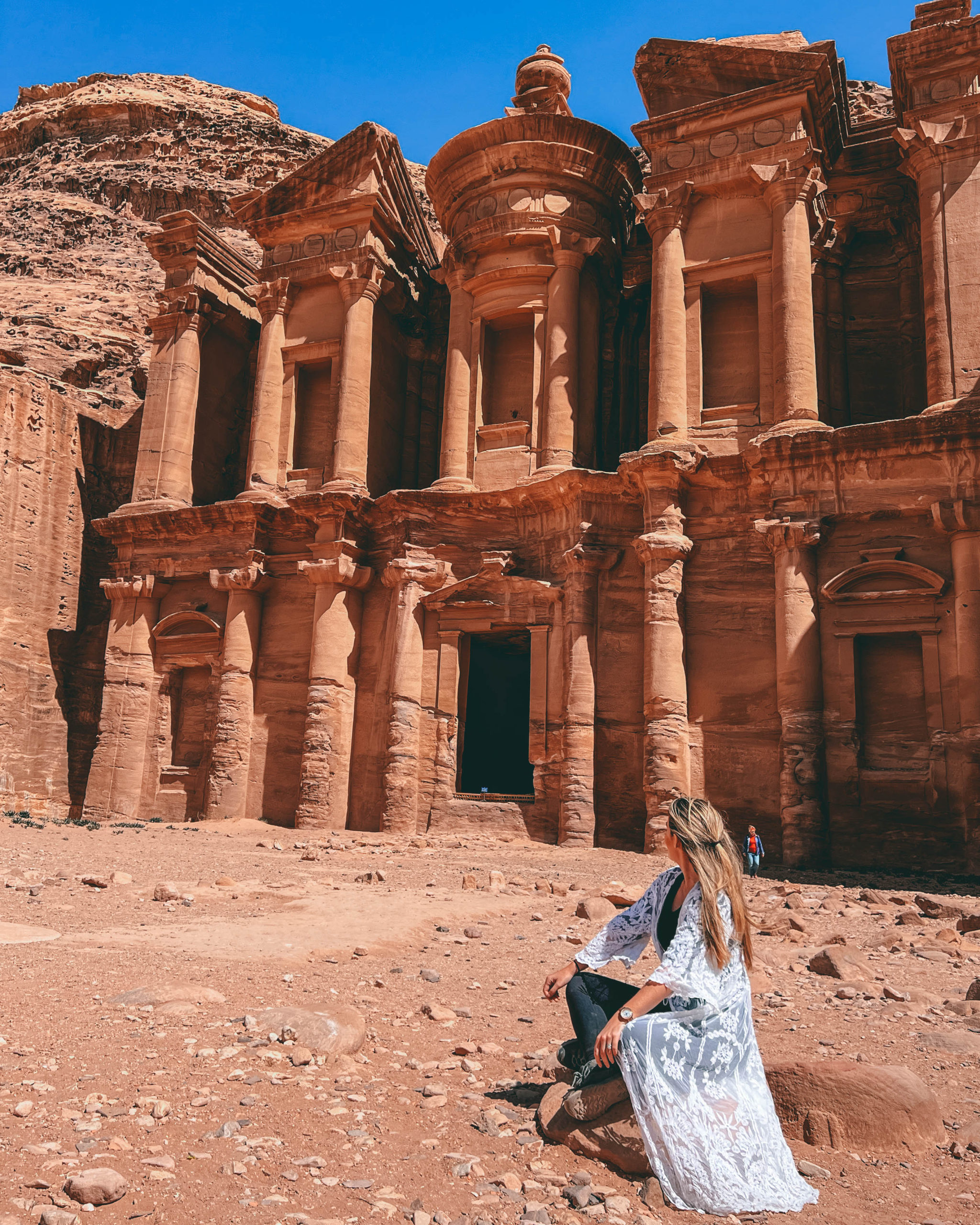
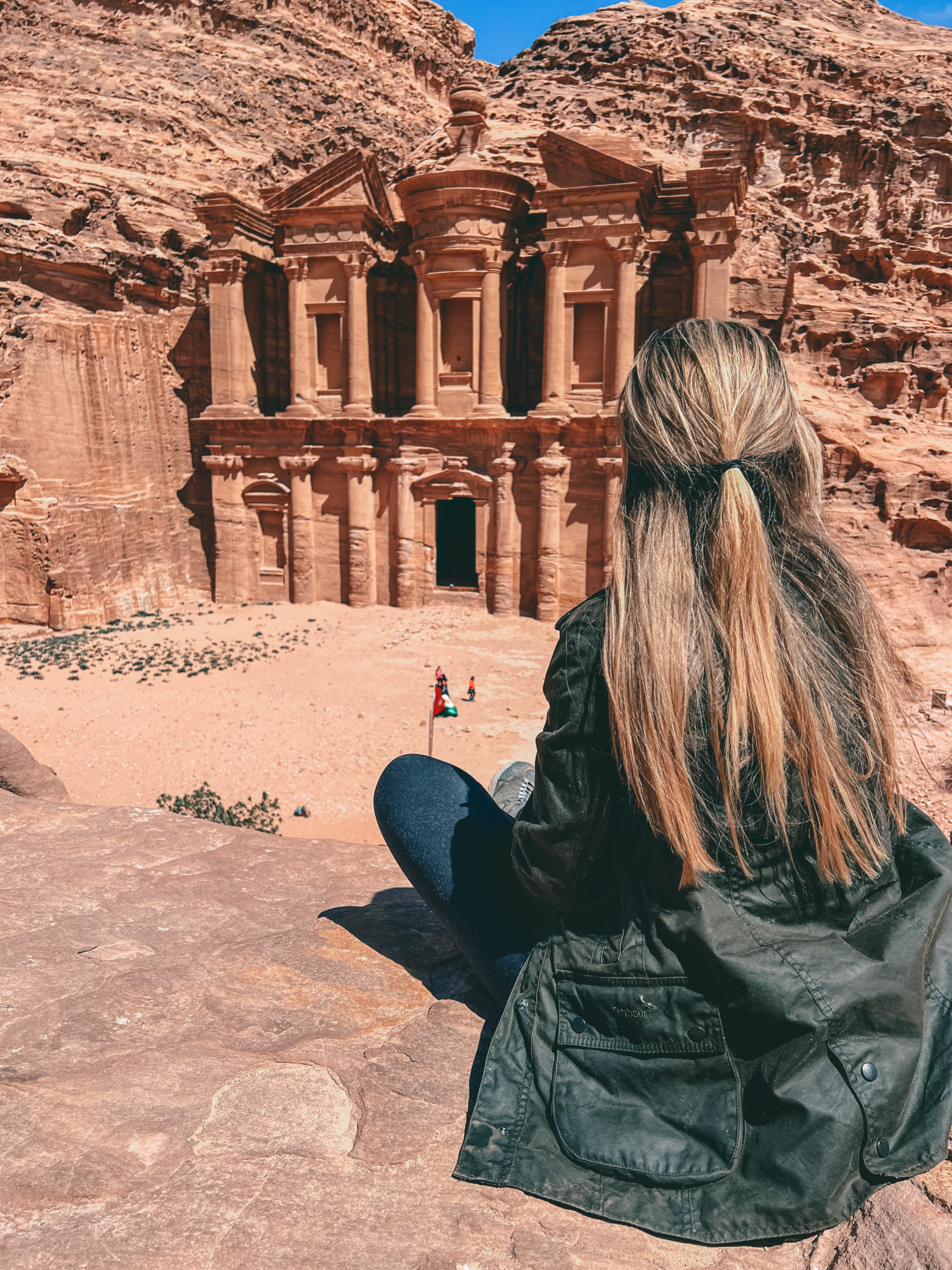
Price:
Jordan is a very affordable destination, There are budget options for stays but there are also some once in a lifestyle options.
Below is a rough guide for 2 people for a week of 7 days/ 6 nights
- Hotel: £420
- Car Hire: £20 P/D
- Food: £30/PD
Some hotel options will be a bit pricey, but those are experiences; ie Wadi Rum, so I have not included them in this calculation.
How Long To Stay:
We went for a week, I feel this was the great amount of time to everything. Perhaps extend to 10 days to be thorough. From the Capital to the bottom of the country is only 3 hours, so you don’t need super long to explore.
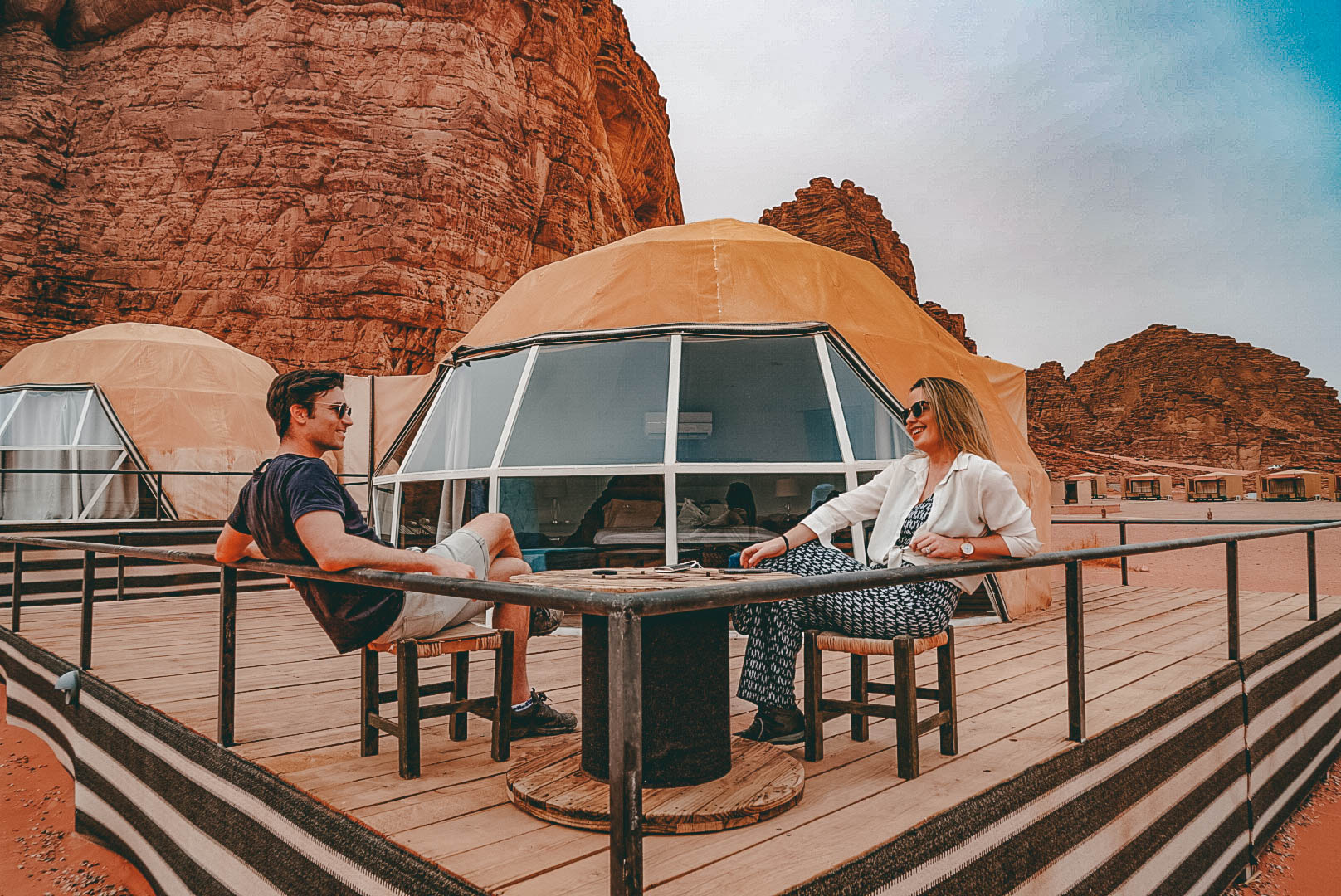
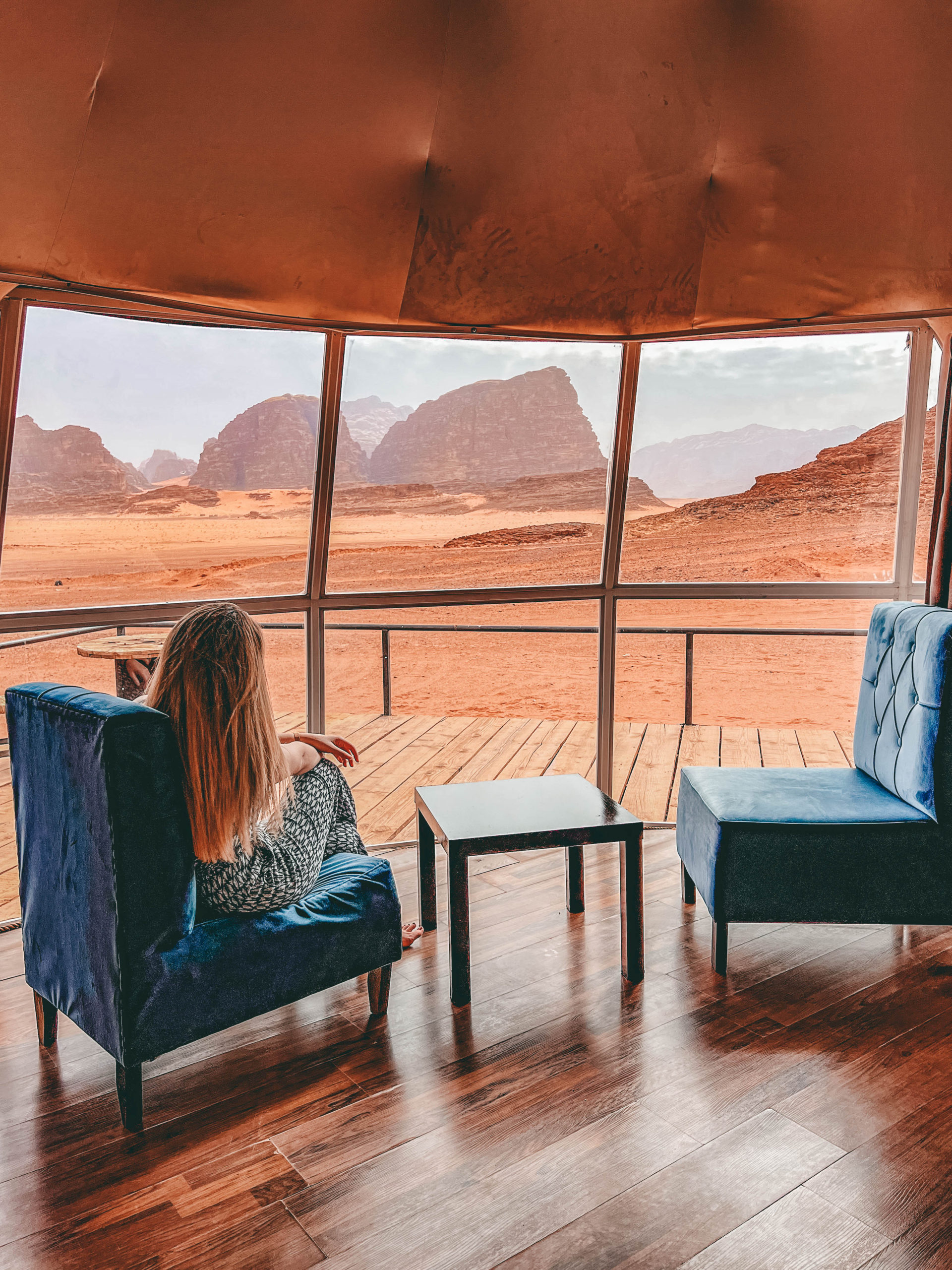
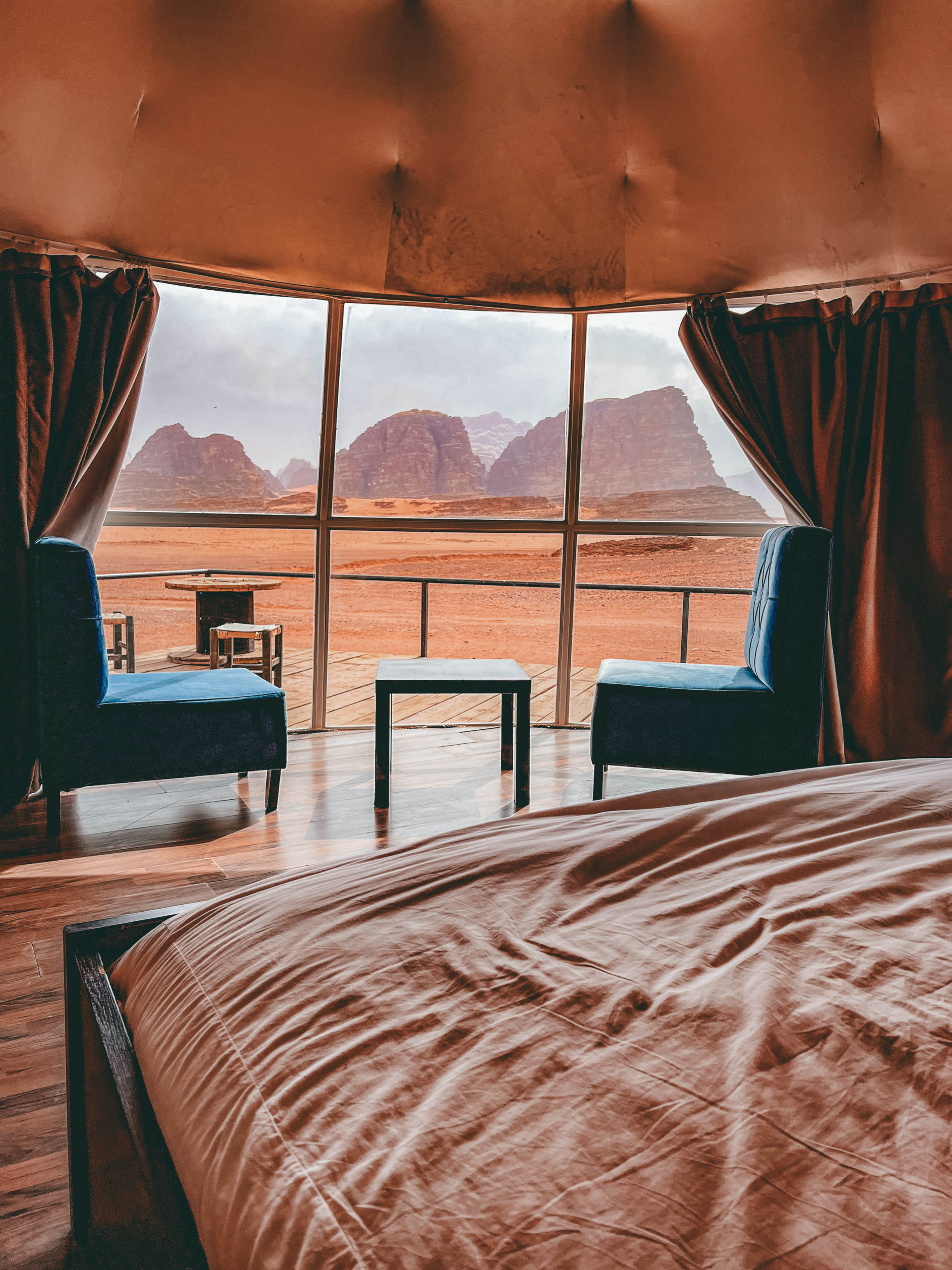
When To Go:
The best time of year to visit Jordan is either spring (March to May) or autumn (September to November). Travelling during the summer months (June to August) can be challenging for those not accustomed to the heat as temperatures are known to top 40°F in some areas of the country like the Gulf of Aqaba
Travel Tips:
Jordan Pass: If you plan on visiting multiple attractions in Jordan then it may make sense to purchase the Jordan Pass, which also includes the cost of your tourist visa.
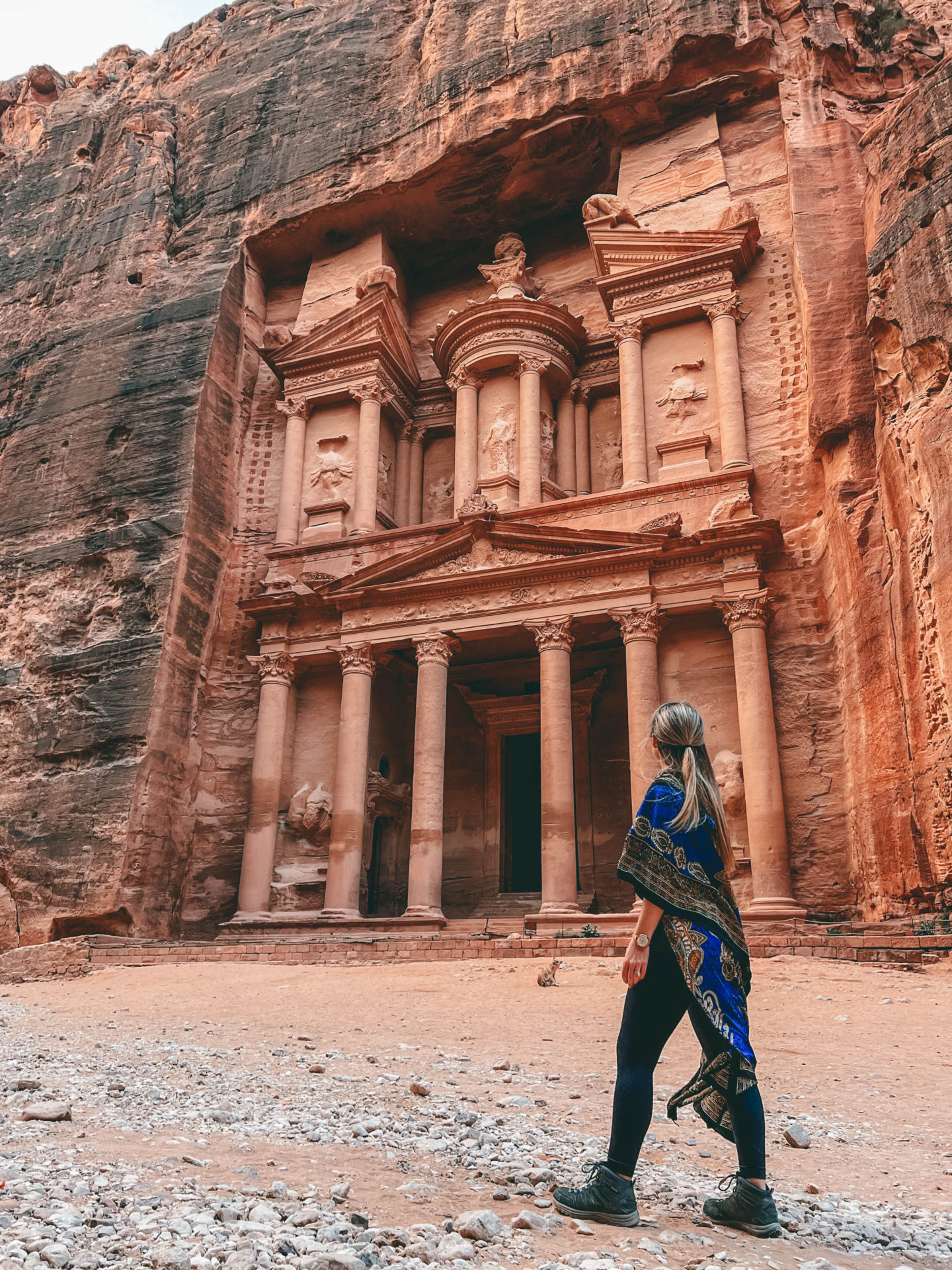
Is it Safe?
I felt extremely safe the whole time I was exploring Jordan. The people are some of the most welcoming and helpful I have met on my travels. Just exercise common sense and be vigilant, as you would be travelling anywhere in the world.
What Should I Wear?
Jordan is a conservative country so dress appropriately. As a woman, when you’re in towns, villages or busy places it is respectful to cover your knees, shoulders, back and chest. However, if you’re in a resort in Wadi Rum or the Dead sea, you can be more relaxed in your clothing
What To See & Do in Malta:
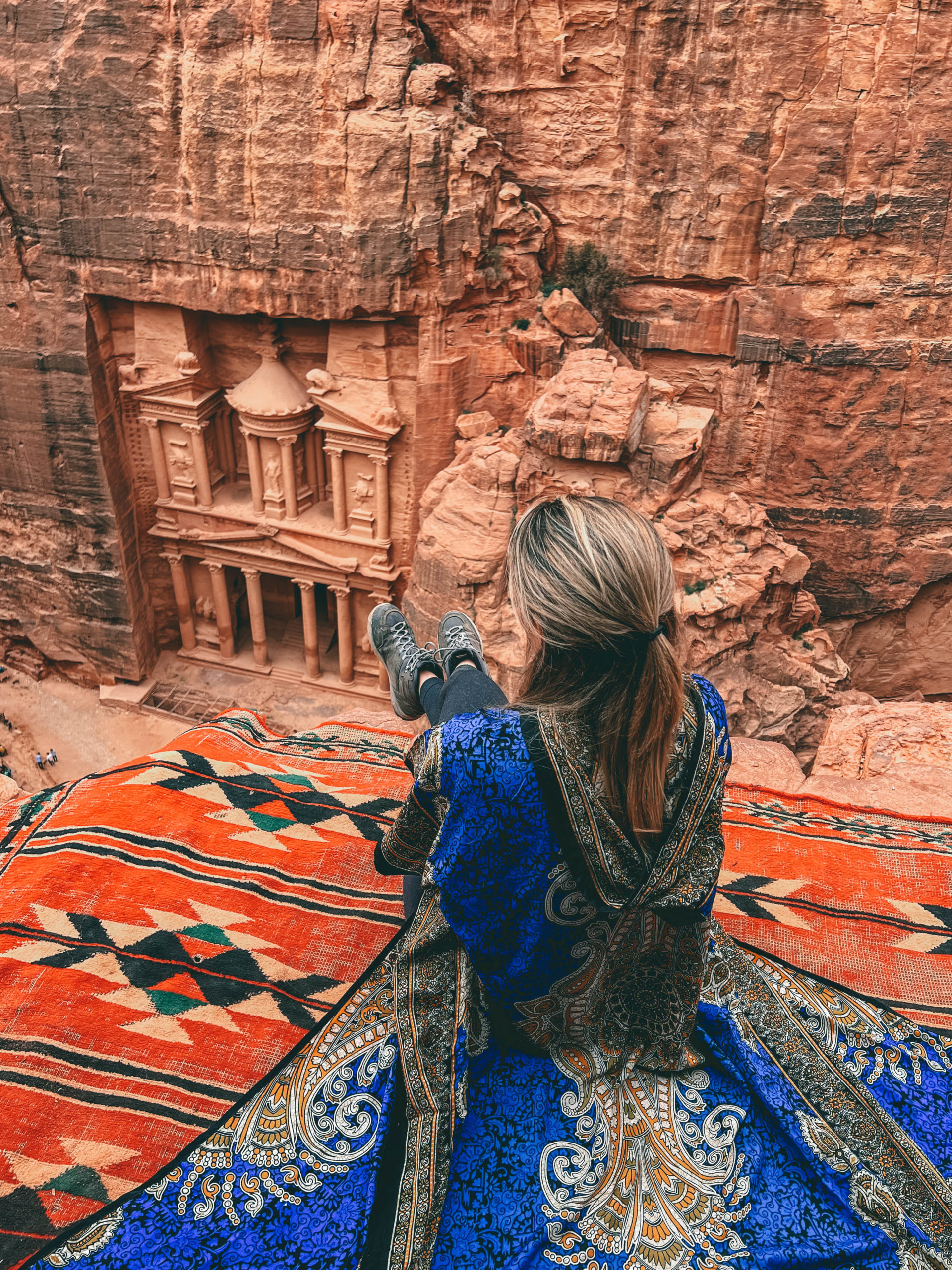
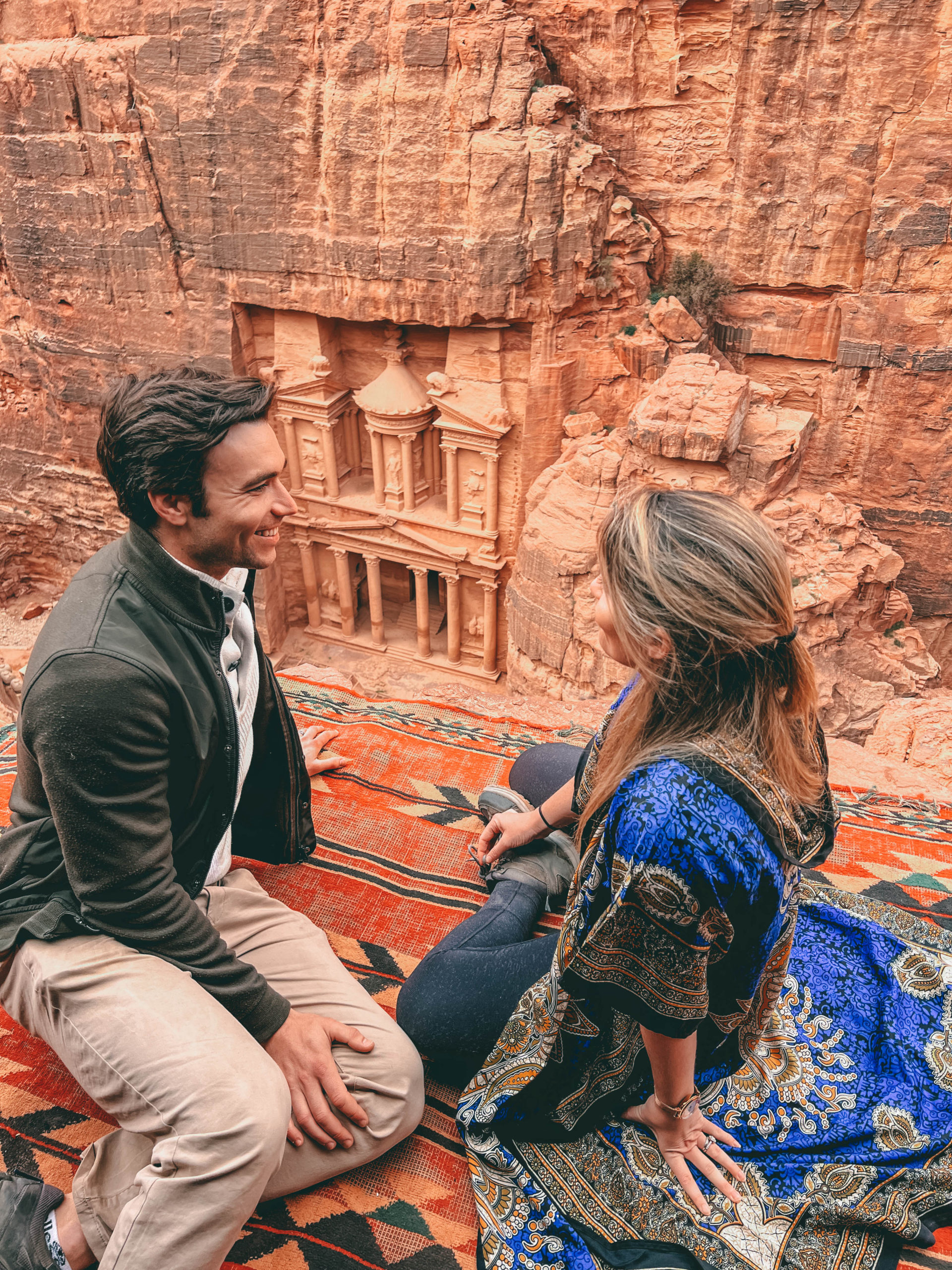
Petra
If there is one location you have to visit while in Jordan, it is Petra, one of the wonders of the world. Petra was the capital of the Nabataean Kingdom and is over 4000 years old! The lost city is hidden in the depths of the mountains around Wadi Musa and is comprised of an impressive series of tombs and dwellings carved directly into red sandstone rock faces.
It wasn’t discovered by the western world until the early 19th century. There are Bedouin tents lining even the steepest, most winding paths, as the indigenous bedouin people still live in the caves.
It is hard to explain how it feels when you emerge from the valley and first see the face of the famous Petra Treasury. I was completely overwhelmed by its size, intricacy and beauty. However, there is so much more to see in Petra than just the Treasury. The city is over 50km it can be done in one day, but would be more relaxing to do it over two. Make sure you do the hike to the Monastery, some say it is more impressive that the famous treasury.
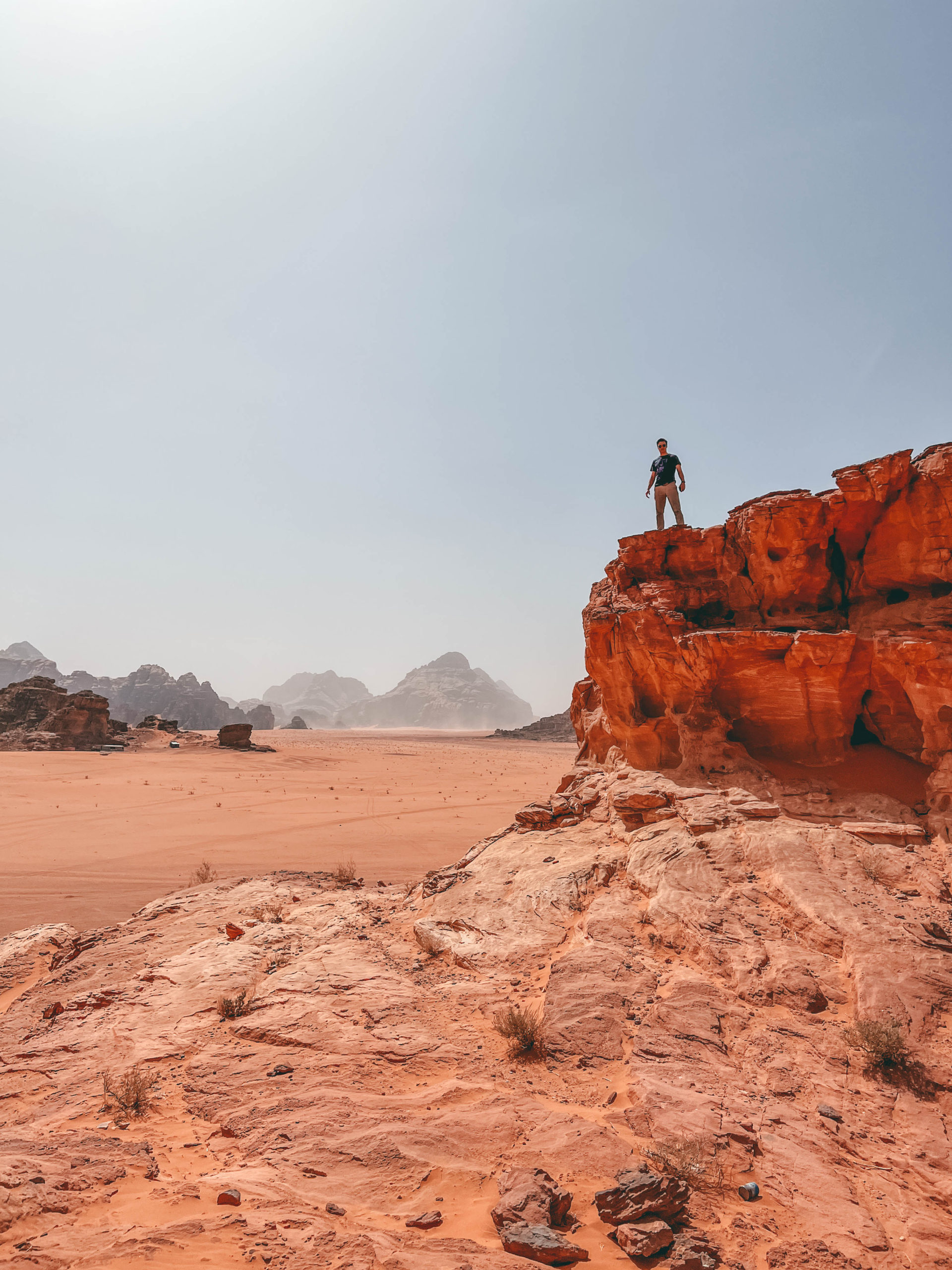
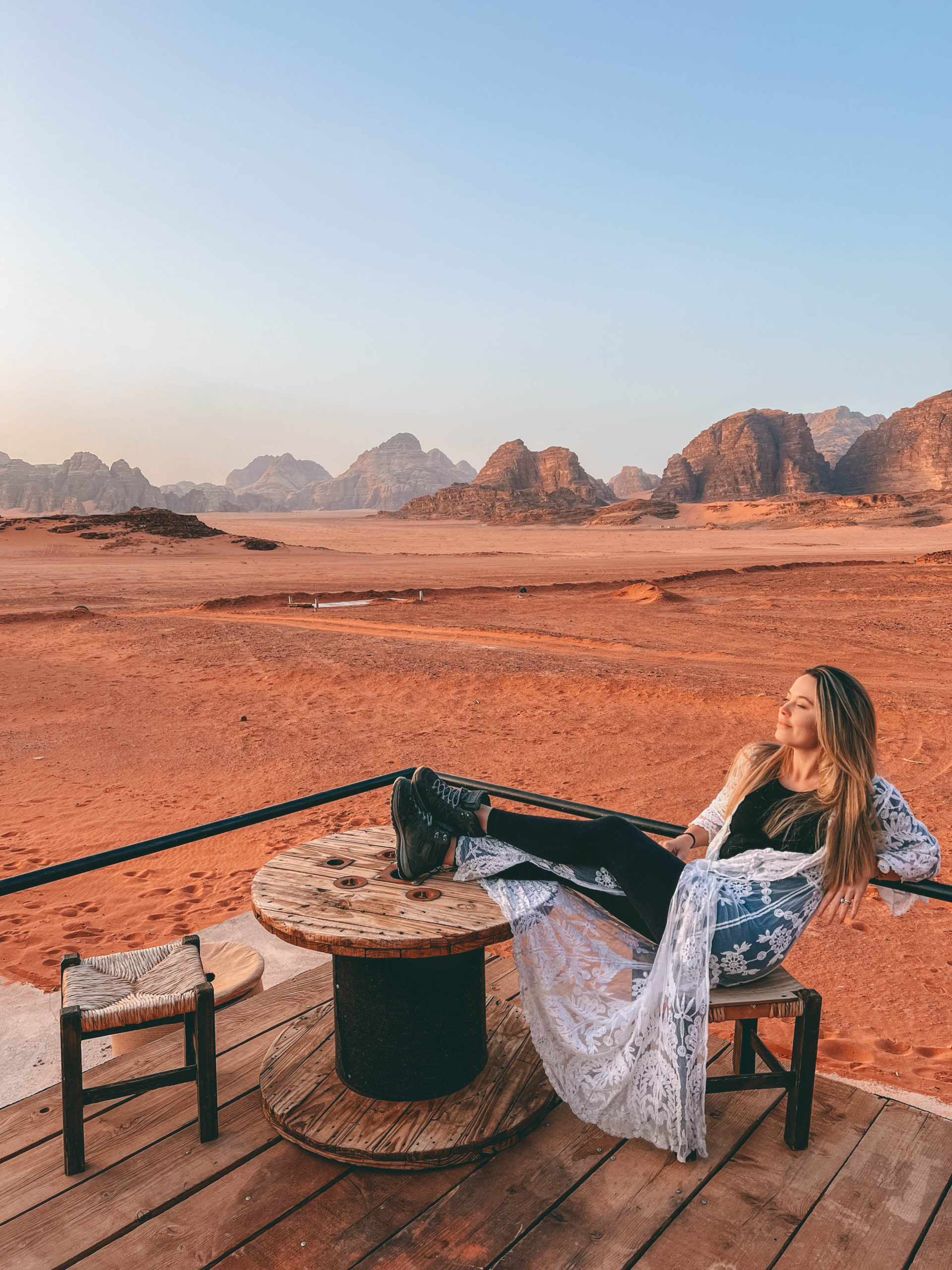
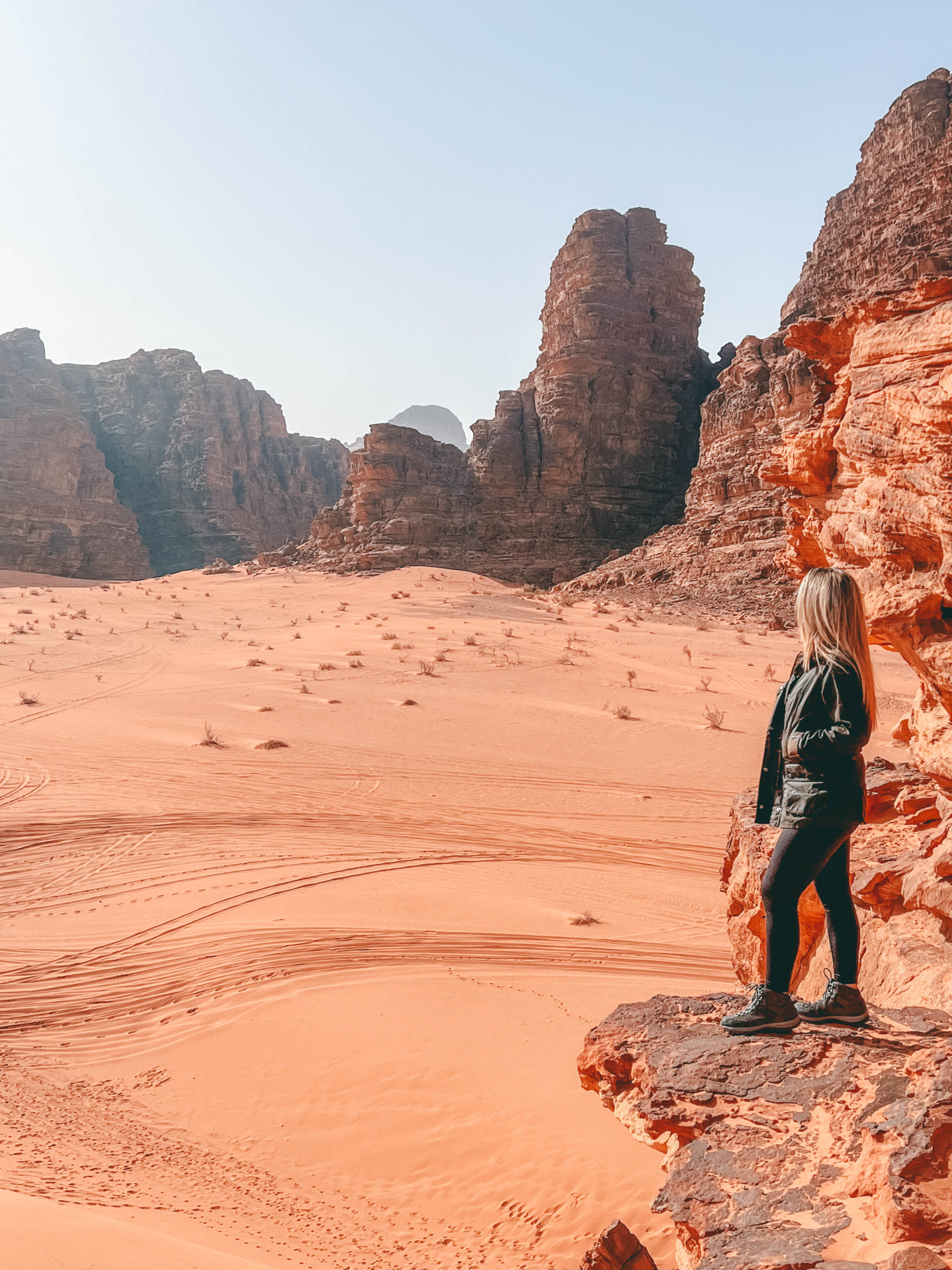
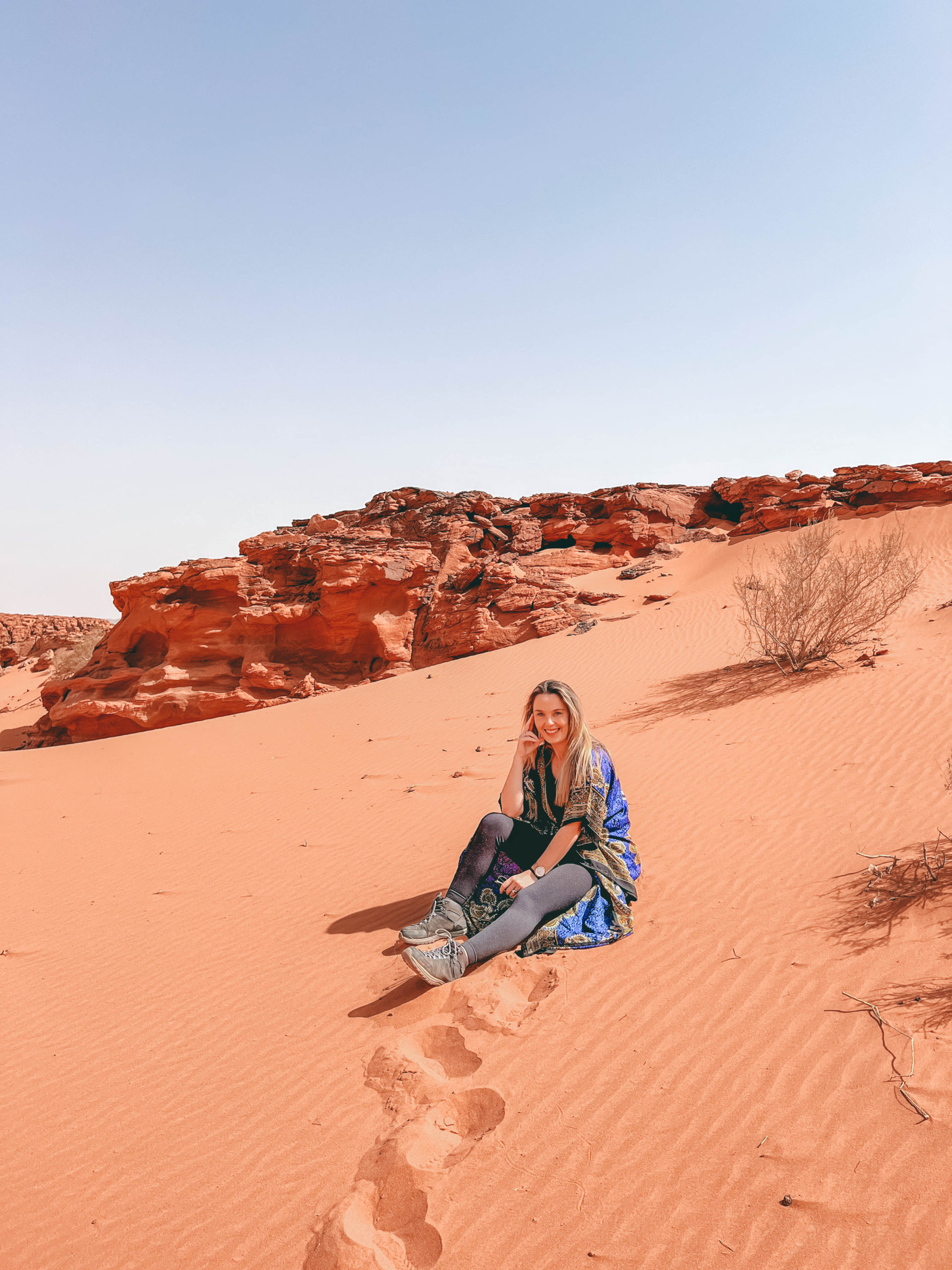
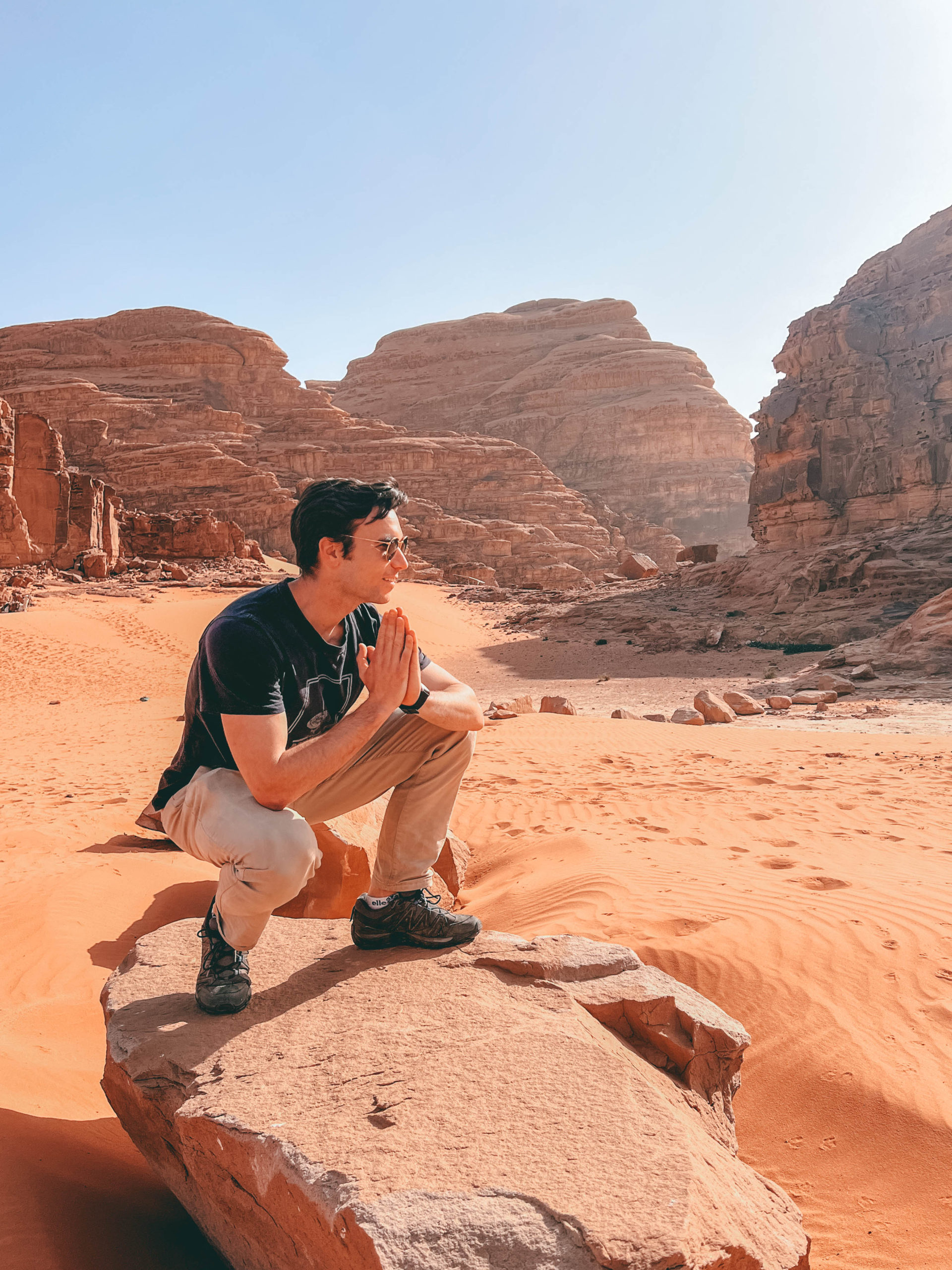
Wadi Rum
The Wadi Rum desert is a UNESCO world heritage site. It is full of incredible landscapes, towering red dunes and rugged sandstone mountains. The orange terrain quite literally makes you feel like you’re on Mars. Which explains why it has been used as a location in numerous Hollywood movies including The Martian, Dune and Star Wars.
Wadi Rum is home to Bedouin tribes, because of this you are able to stay at a traditional Bedouin camp. Self-exploration is not encouraged in Wadi Rum so choose a camp that offers tour guides. There are a selection of activities available including 4×4 jeep tours, hiking and stargazing. At night, be sure to look up and enjoy the star filled sky. It shines bright due to the lack of light pollution in the region.
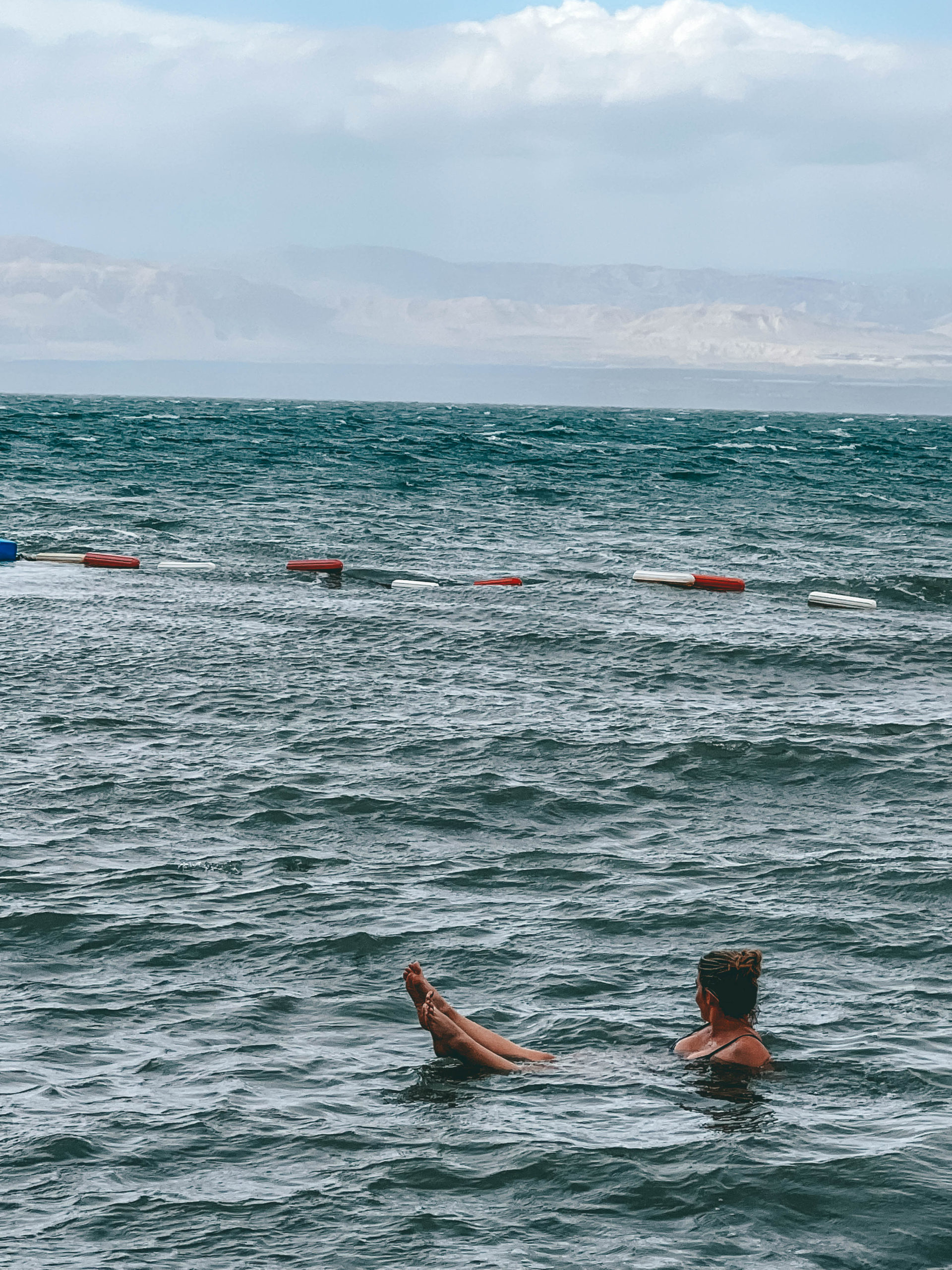
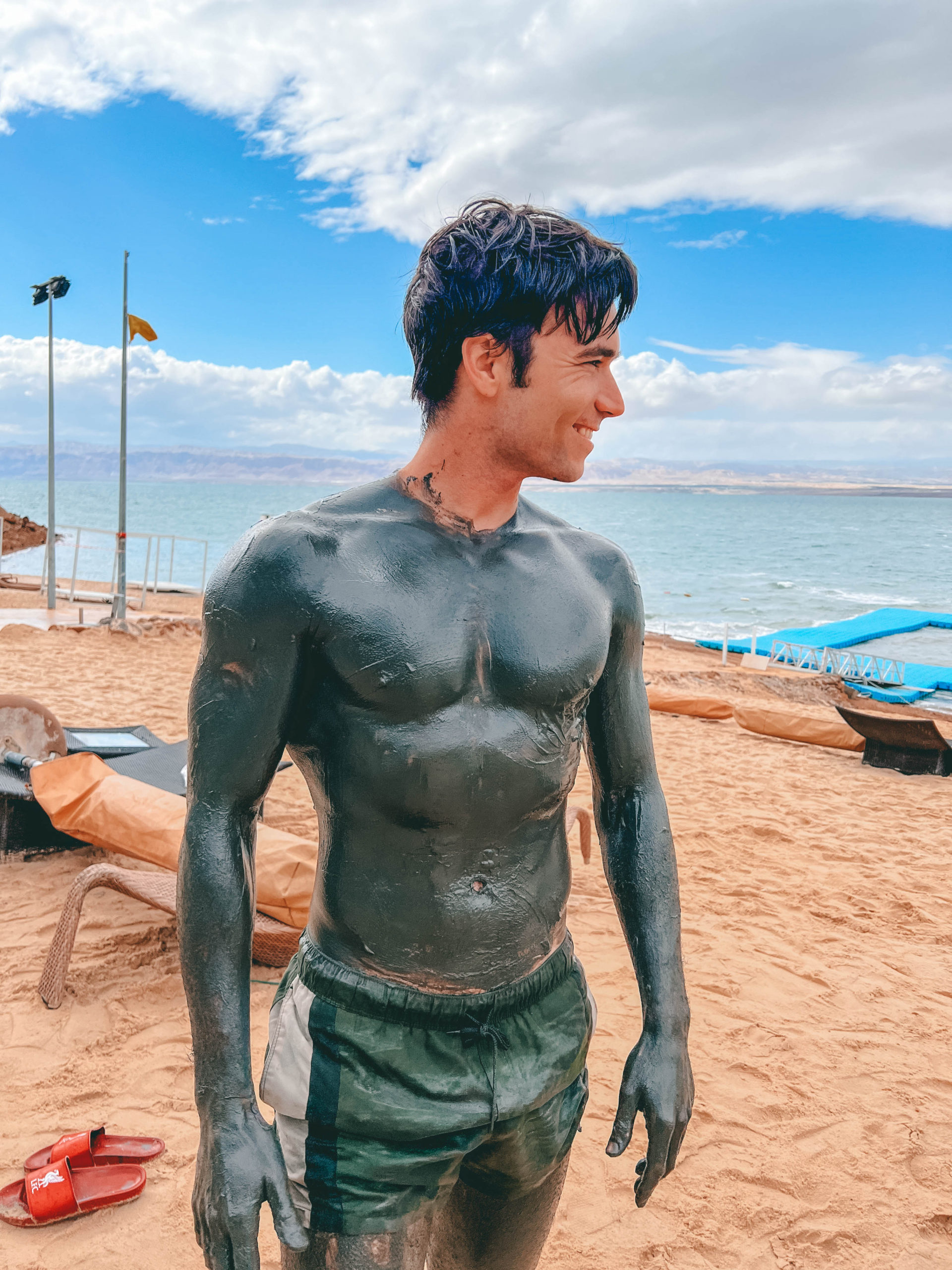
Dead Sea
The Dead Sea is a salt lake located at the lowest point on earth (430m below sea level) with waters almost 10 times saltier than the ocean. This allows you to have the surreal experience of floating effortlessly on the surface! To access the sea, you can stay overnight at one of the hotels along the water’s edge (such as The Dead Sea Spa Hotel, The Hilton or The Marriott). Each of these has their own private area along the shoreline for guest use. We stayed at the Hilton. Beware that all these resorts ban you from bringing outside food into the hotels and will X Ray your bag on entry. So be sure to flag any dietary issues early on.
They also have their own access to the Sea and Dead sea mud that you can use to cleanse your body.
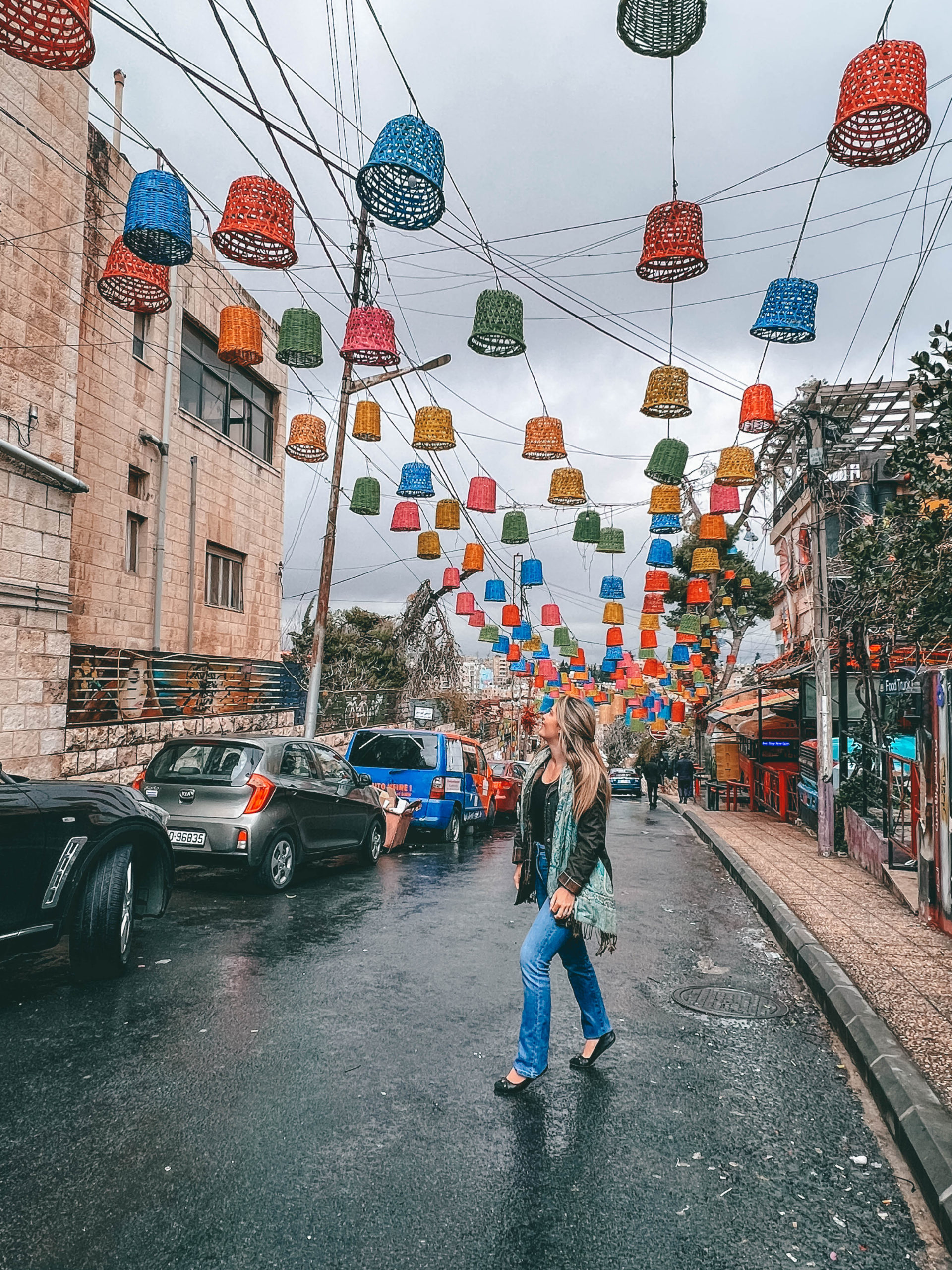
Amman
Downtown Amman is a must-see. At the bottom of the city’s many hills and overlooked by the magisterial Citadel, it features spectacular Roman ruins, an international-standard museum and the hubbub of mosques, souqs and coffeehouses that are central to Jordanian life.
Elsewhere, urbane western Amman has leafy residential districts, cafes, bars, modern malls and art galleries; and in earthy eastern Amman, it’s easy to sense the more traditional and conservative pulse of the capital.
Suggested 8 Day Jordan Travel Guide and Itinerary:
Day 1: Amman
Day 2: Drive to Aqaba
Day 3: Wadi Rum
Day 4: Wadi Rum
Day 5: Petra
Day 6: Petra
Day 7: The Dead Sea & Ma’In Springs
Day 8: Travel back to Amman
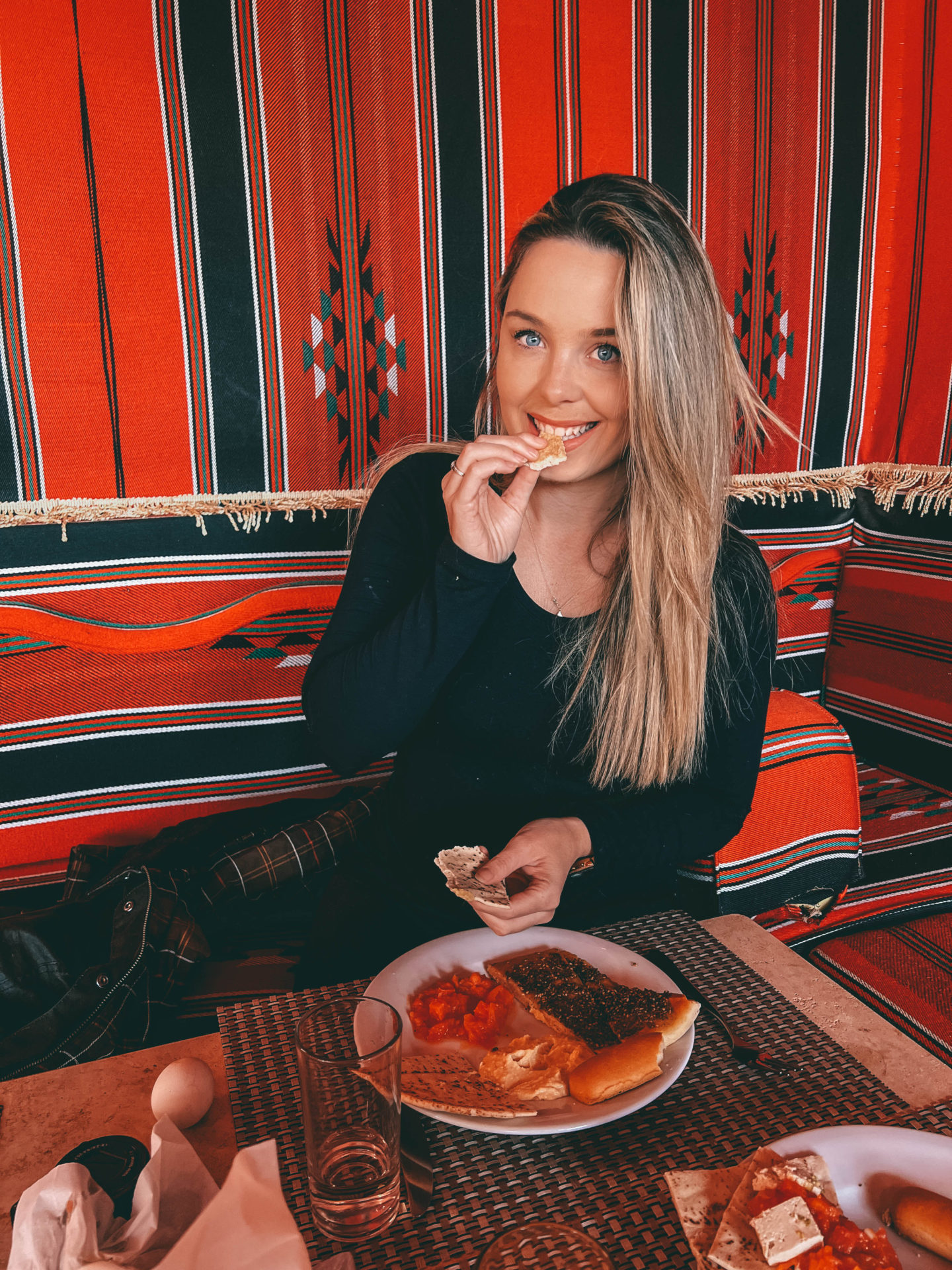
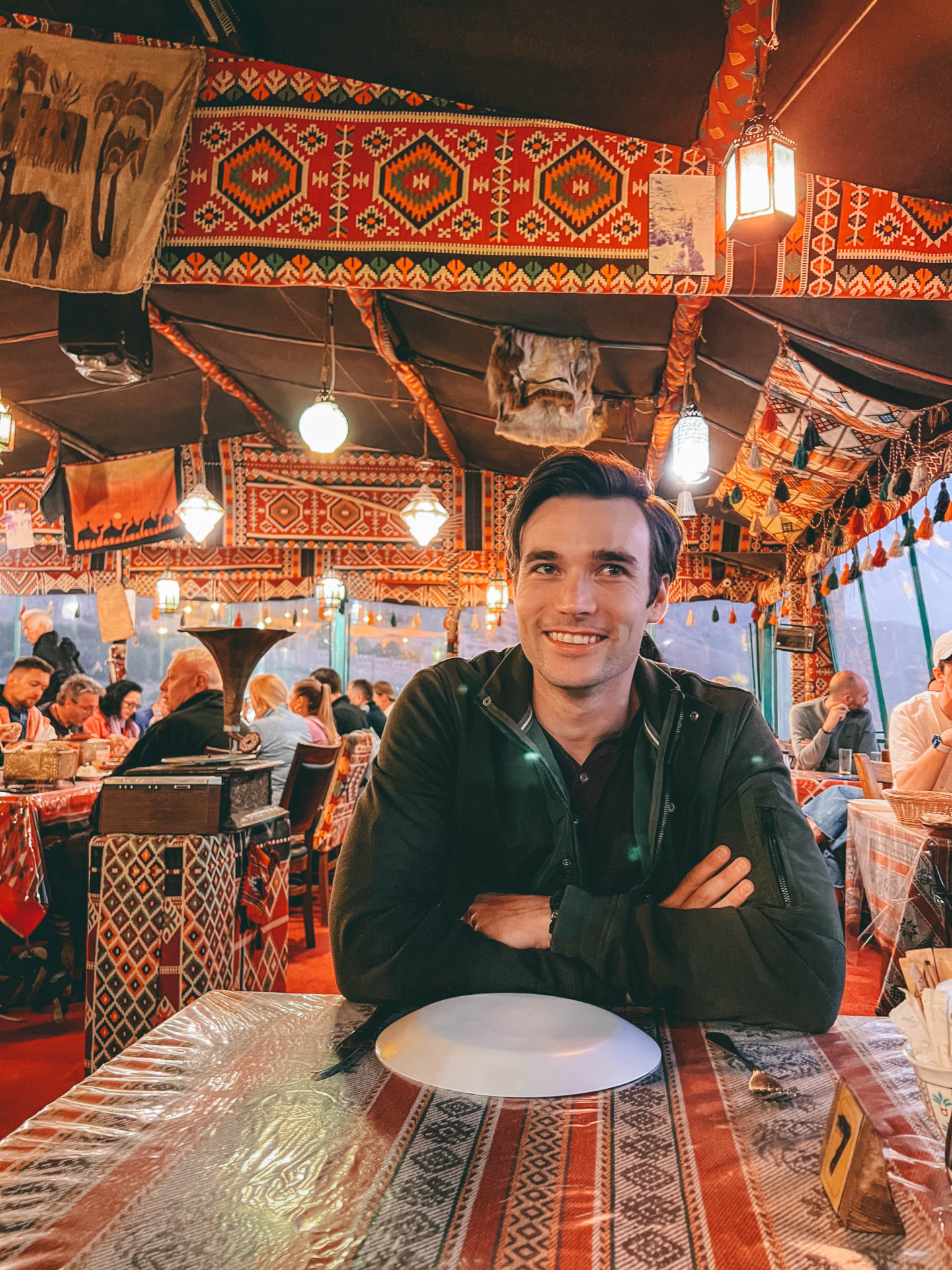
Enjoy Delicious Food
There are many incredible restaurants across the city, there is a heavy focus on seafood and Italian food, so not the most vegan friendly, but here are a few favourites you can’t miss:
1. Mansaf
Traditionally served in a large platter meant for communal eating, mansaf is a dish of tender meat layered with paper-thin flatbread and great piles of aromatic rice. The meal is garnished with toasted nuts, then eaten with more flatbread and bowls of jameed, a tangy yogurt sauce.
Celebrated as Jordan’s national dish, mansaf has deep roots in the Bedouin kitchen, and like the nomadic tribes of the Levant, it’s a tradition that transcends international borders, with recipes appearing from Israel to Iraq.
2. Falafel
Crisp balls of falafel shaped from spiced, ground chickpeas are a street food staple across the Levant.
As beloved at breakfast as for late-night snacks, falafel balls are often stuffed into warm pita bread for a quick sandwich. But at Amman’s legendary Hashem Restaurant, falafel is plated with bundles of fresh mint, raw onion and tomatoes, then served alongside piles of flatbread fresh from the oven.
3. Bedouin tea and coffee.
Sharing tea is an important part of Bedouin culture, as is their remarkable hospitality. If you sit down to drink with the local Bedouin, called Bdoul, you may be in for infinite refills — until you signal your satisfaction by placing a hand over the glass.
4. Kunafa
A crisp layer of pastry threads tops tangy cheese or cream in this popular dessert, which is said to have spread across the Levant with Ottoman rule — along with the thick Turkish coffee that’s a perfect pairing with the syrupy treat.
